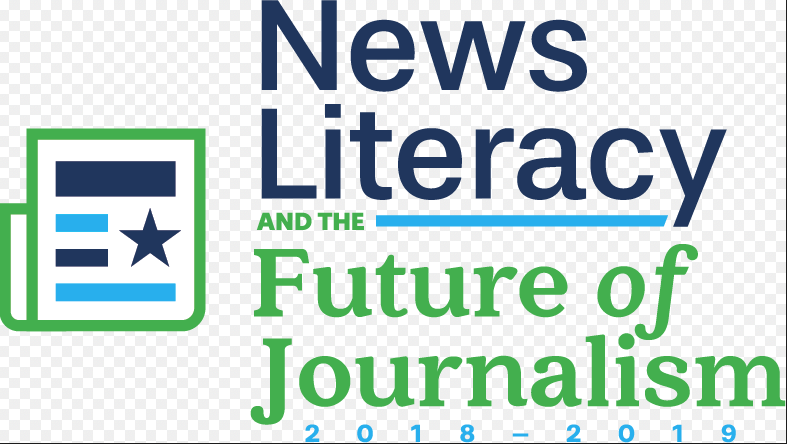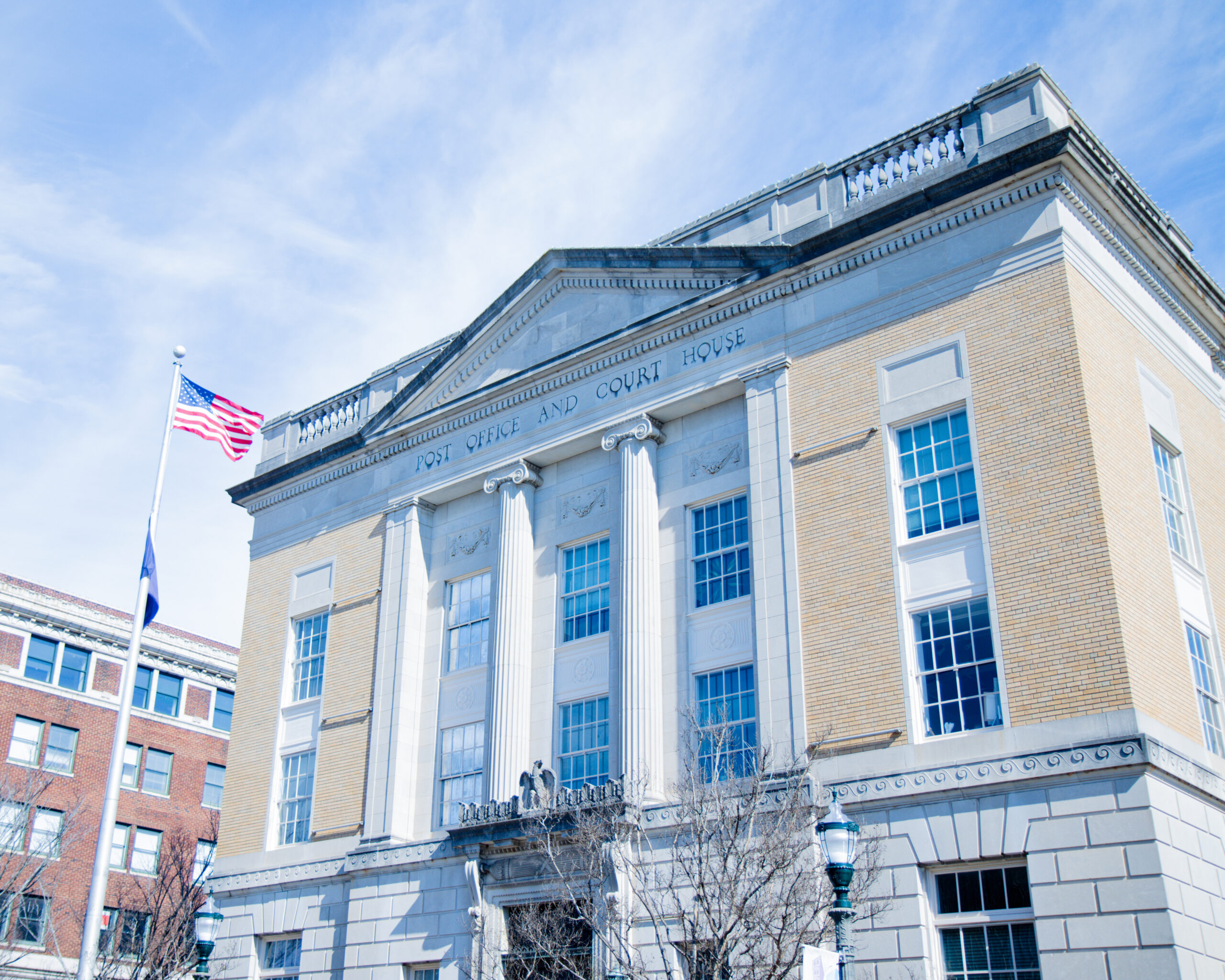In the current political climate, it remains important to be able to discern the difference between the truth and fake news. The mass communication is hosting a series of news literacy events to educate people on these topics, and this specific topic was discussed during a panel held on Oct. 2.
The panel consisted of department chair and professor of mass communication, Guy Reel, associate professor of mass communication, William Schulte, associate professor of English, Amanda Hiner, and Téa Franco, editor-in-chief of The Johnsonian.
According to Schulte, “News which has been made up” is what the term “fake news” implies. He said that the term, fake news, is incorrectly used by individuals to describe news that people don’t want to hear because it goes against their political beliefs.
Reel said that when a corporation puts out fake news, their goal is to make the audience feel strongly about it. “The idea is to cheat the audience,” he said.
Maddie Demott, a sophomore psychology major, said that fake news is “when fictional events or happenings are portrayed as if they are factual.”
According to Reel, the media is supposed to be objective in their writing. He said that the writers should express opinions, but leave it open for interpretation by the readers.
“The opinion [section contains] editorial [pieces] that are supposed to be objective,” Reel said.
Hiner said that there are three ways readers are vulnerable. She said that the first is that people are “cognitively wired to have confirmation bias.”
She also said that “the venue we get our news [from] is a problem.” Unlike news stations and newspapers, there’s no one controlling the internet, Schulte said.
“[There are] SGI models on instagram who are not [real people]… [and] only 26% of people can differentiate between opinions and facts,” Hiner said.
According to Schulte, social media is not the only source responsible for this emergence of the term fake news.
“Depending on the source, the media [is] to blame for spreading news… the people should hold them accountable,” Schulte said.
Schulte said that there are a few tips for determining whether what you are reading is real or fake. He said that people should watch out for grammar errors, look for misspelling and double check all sources.
“Check url, google the quote and paste the image url in google image… [and the writers] often don’t have command of English,” Reel said.
According to the Pew Research Center, 67 percent of people get their news from social media. Schulte said that students shouldn’t trust these sites because they are not public and could possibly express a bias of the owner.
“[The problem is] social media are platforms that are owned by someone else,” Schulte said.
Reel said that it is important for journalists to understand the way media and journalism is advancing and evolving. He said that the media continues to change and journalists need to be the link between people and the truth.
“Fake news is as old as the printing press. What is new is the way its spreading… we need to get a grip of how it is changing,” Reel said.
The panelists said that there are still sources that are reputable and can spread the truth to many people, but it is necessary to weed out all of the “fake news” first.




